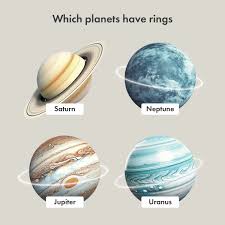Booklet: Planetary correspondences (France 2016)
Planetary correspondences (France 2016)
03 October (France ) within release Planetary correspondences goes into circulation Booklet Planetary correspondences face value None No Face Value
| Booklet Planetary correspondences in catalogues | |
|---|---|
| Yvert et Tellier: | Yt: FR BC1324 |
| Michel: | Mi: FR 6580-6591MH |
Booklet is horizontal format.
Permanent validity - Green letter - Initial value: 0.70Also in the issue Planetary correspondences:
- Stamp - Planetary correspondences- timbre 01 face value 20;
- Stamp - Planetary correspondences- timbre 02 face value 20;
- Stamp - Planetary correspondences- timbre 05 face value 20;
- Stamp - Planetary correspondences- timbre 06 face value 20;
- Stamp - Planetary correspondences- timbre 09 face value 20;
- Stamp - Planetary correspondences- timbre 10 face value 20;
- Stamp - Planetary correspondences- timbre 03 face value 20;
- Stamp - Planetary correspondences- timbre 04 face value 20;
- Stamp - Planetary correspondences- timbre 07 face value 20;
- Stamp - Planetary correspondences- timbre 08 face value 20;
- Stamp - Planetary correspondences- timbre 11 face value 20;
- Stamp - Planetary correspondences- timbre 12 face value 20;
- Booklet - Planetary correspondences face value None;
Booklet Planetary correspondences it reflects the thematic directions:
A planet is a large, rounded astronomical body that is generally required to be in orbit around a star, stellar remnant, or brown dwarf, and is not one itself. The Solar System has eight planets by the most restrictive definition of the term: the terrestrial planets Mercury, Venus, Earth, and Mars, and the giant planets Jupiter, Saturn, Uranus, and Neptune. The best available theory of planet formation is the nebular hypothesis, which posits that an interstellar cloud collapses out of a nebula to create a young protostar orbited by a protoplanetary disk. Planets grow in this disk by the gradual accumulation of material driven by gravity, a process called accretion.

